Jonathan Levin: Ted Cruz's Fed plan is a massive distraction
Published in Op Eds
You can count on Senate Republicans to find pointless budgetary gimmicks to avoid talking about serious deficit reduction. In an interview last week with CNBC, Senator Ted Cruz floated the idea that the Federal Reserve should just stop paying interest to banks to save taxpayers money. Budget squeeze solved, easy peasy!
Here’s Cruz:
The Federal Reserve pays banks interest on reserves. For most of the history of the Fed, they never did that. But for a little over a decade they have. Just eliminating that saves $1 trillion…
While Cruz wouldn’t handicap the odds that such a proposal would make any headway, he went on to say that he and his colleagues had a serious discussion about the matter just a day earlier. He told Bloomberg News that he had made the case directly to the president as well. It’s alarming that the senators would entertain such a reckless proposal.
Much like Elon Musk’s Department of Government Efficiency, the idea comes from the belief that there are simple and painless ways to rein in the budget and curb interest payments. The premise of the Musk boondoggle was that there were large and obvious savings to be had if only the dumb Democrats had known where to look.
Also in the category of magical budgetary panaceas are several of the proposals put forth last year by then-forthcoming Council of Economic Advisers Chair Stephen Miran, including the notion that the U.S. could basically bully other nations into helping it term out its debt.
A third example of this phenomenon is Treasury Secretary Scott Bessent’s idea that we can grow our way out of all our problems: We can just make economic output expand faster than most economists think possible and shrink debt-to-GDP that way!
Enter Cruz with the latest distraction from the serious business of the budget. Of course, it’s true that the Fed pays interest on bank reserves and that it’s a relatively modern development. But how it affects taxpayers is rather complicated, since the Fed is generally self-funding.
In normal times, it makes money from its asset portfolio and remits the excess to the Treasury. Since it expanded its portfolio when rates were low and is now paying out interest at relatively high rates, the Fed has been posting operating losses. It isn’t remitting profits to the Treasury, and it won’t resume doing so until it’s generating profits again and has made up for past shortfalls. But that should rectify itself with time and lower short-term borrowing costs.
A version of this arrangement has existed since 2008 (except it was previously known as interest on required reserves, or IORR, and some of the particulars are slightly different). But the Interest on Reserve Balance, or IORB, isn’t some sort of sketchy corporate charity to banks, as Cruz has hinted. It’s a tool to exercise control over short-term interest rates to achieve Fed policy goals. Prior to the financial crisis, the Fed would buy and sell securities to increase or decrease bank reserves with the goal of manipulating interest rates — a so-called corridor system. But that system only really worked in a world of scarce reserves.
The Fed’s response to the financial crisis included injecting a large amount of money into the system and bank reserves became abundant to the point that the old system wouldn’t really work anymore. To maintain control over rates in this new world, the Fed started paying interest on reserves, essentially setting a benchmark for market interest rates — an arrangement known as a floor system. Banks knew that they could always, at a minimum, earn whatever the Fed was paying.
Of course, in the modern financial system, nonbank financial institutions such as money market funds also play an important role in influencing rates. Today, in addition to the IORB, the Fed also offers another administered rate: the overnight repurchase agreement facility, or ON RRP, which is intended for those nonbank lenders and essentially firms up the floor under the effective fed funds rate. The ON RRP is ever-so-slightly below IORB.
If the Fed decided not to pay interest on master accounts, the immediate effect might be for money to flow out of bank reserves and into money market accounts and, ultimately, into the ON RRP. There wouldn’t be a major net difference — the Fed would still be paying interest, just in a slightly different context and at a discount of about 15 basis points. It would constitute disruption for the sake of disruption.
So what Cruz seems to be contemplating is a wholesale move away from the floor system and a return to a pre-2008 world of the corridor approach — eliminating IORB and the ON RRP.
First and foremost, it’s not going to happen. While the Fed is currently shrinking its balance sheet through “quantitative tightening,” the independent Fed has declared a commitment to an ample reserves framework, meaning somewhere between abundant and scarce.
Second, even if it were up for negotiation, the risks of trying to return to a scarce reserves regime are too high. The 2008 crisis showed that the old system was fragile in the face of a major banking crisis or other shocks.
And in order to get back to that old way of operating, you would have to shrink the Fed’s balance sheet so much that you could accidentally precipitate a crisis — something we got a taste of in September 2019 when the Fed was undertaking a much less ambitious balance-sheet downsizing. There were tremors in repo markets where financial institutions help fund themselves, and the Fed had to stop the whole QT process.
I suspect Ted Cruz knows most of this. He just assumes the rest of us don’t, which is sadder in many ways. He and his colleagues are trying to distract us with shiny objects so that we look past their glaring inaction in the face of persistently large budget deficits and the unsustainable growth trajectory of the national debt.
In reality, the recipe to lower government interest expenses isn’t terribly complicated. First, President Donald Trump needs to abandon his tariff policy. It still isn’t clear what it will mean for inflation exactly (the latest report was quite encouraging), but the mere risk of higher prices and unanchored inflation expectations is keeping the Fed’s rate-setting committee on hold at 4.25%-4.5%.
And that monetary policy stance is the root of many problems, including the Fed’s operating losses and, much more broadly, elevated interest expenses on every security that the U.S. government sells. Second, America needs to wean itself off tax cuts and get serious about the revenue side of the budget, including contemplating a value-added tax or other form of levy on consumption. On the spending side, we need to face the fact that politically unpopular entitlement reforms are the only way to truly and sustainably right this ship.
Instead, Cruz and others keep trying to distract us with pointless gimmickry, which only serves to kick the can down the road. As always, there’s no telling if the breaking point will come tomorrow or 20 years from now. But the longer we play these games, the greater the crisis that will await us in the end.
_____
This column reflects the personal views of the author and does not necessarily reflect the opinion of the editorial board or Bloomberg LP and its owners.
Jonathan Levin is a columnist focused on U.S. markets and economics. Previously, he worked as a Bloomberg journalist in the U.S., Brazil and Mexico. He is a CFA charterholder.
_____
©2025 Bloomberg L.P. Visit bloomberg.com/opinion. Distributed by Tribune Content Agency, LLC.



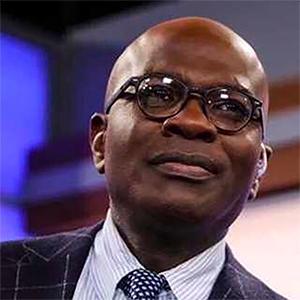























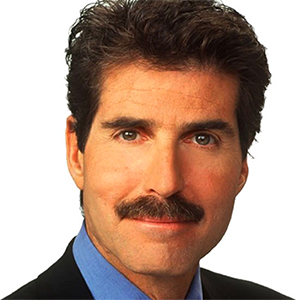

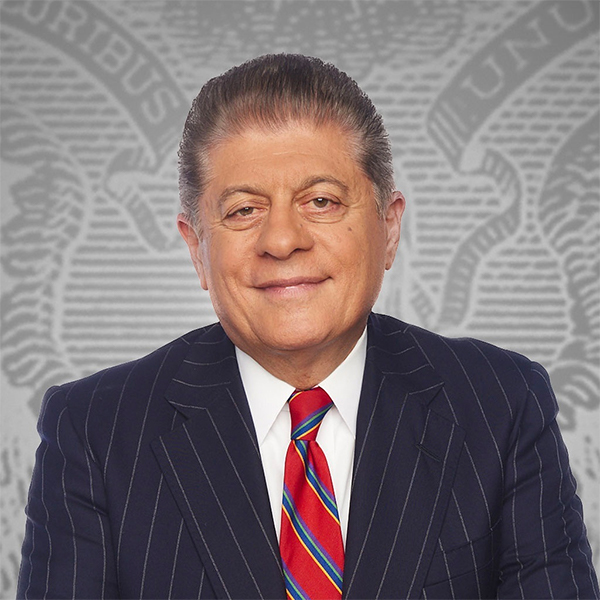


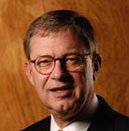




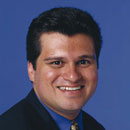

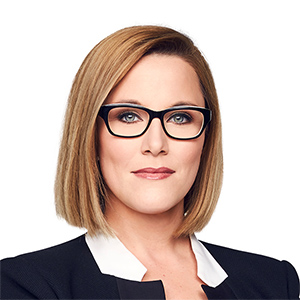





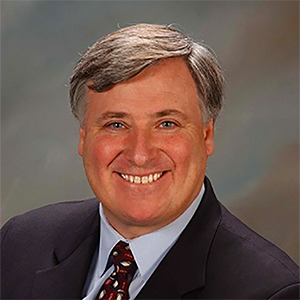




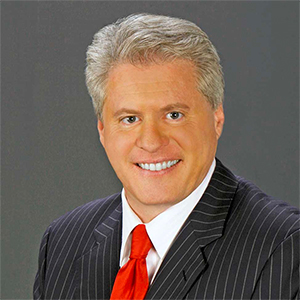


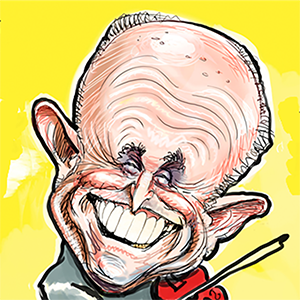
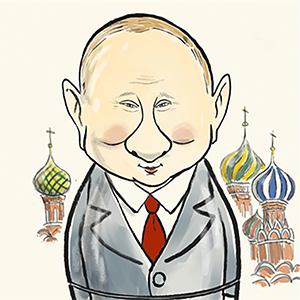
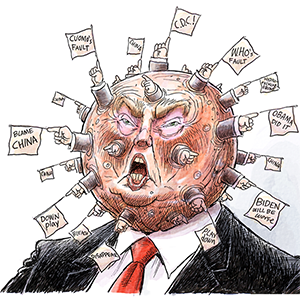

Comments